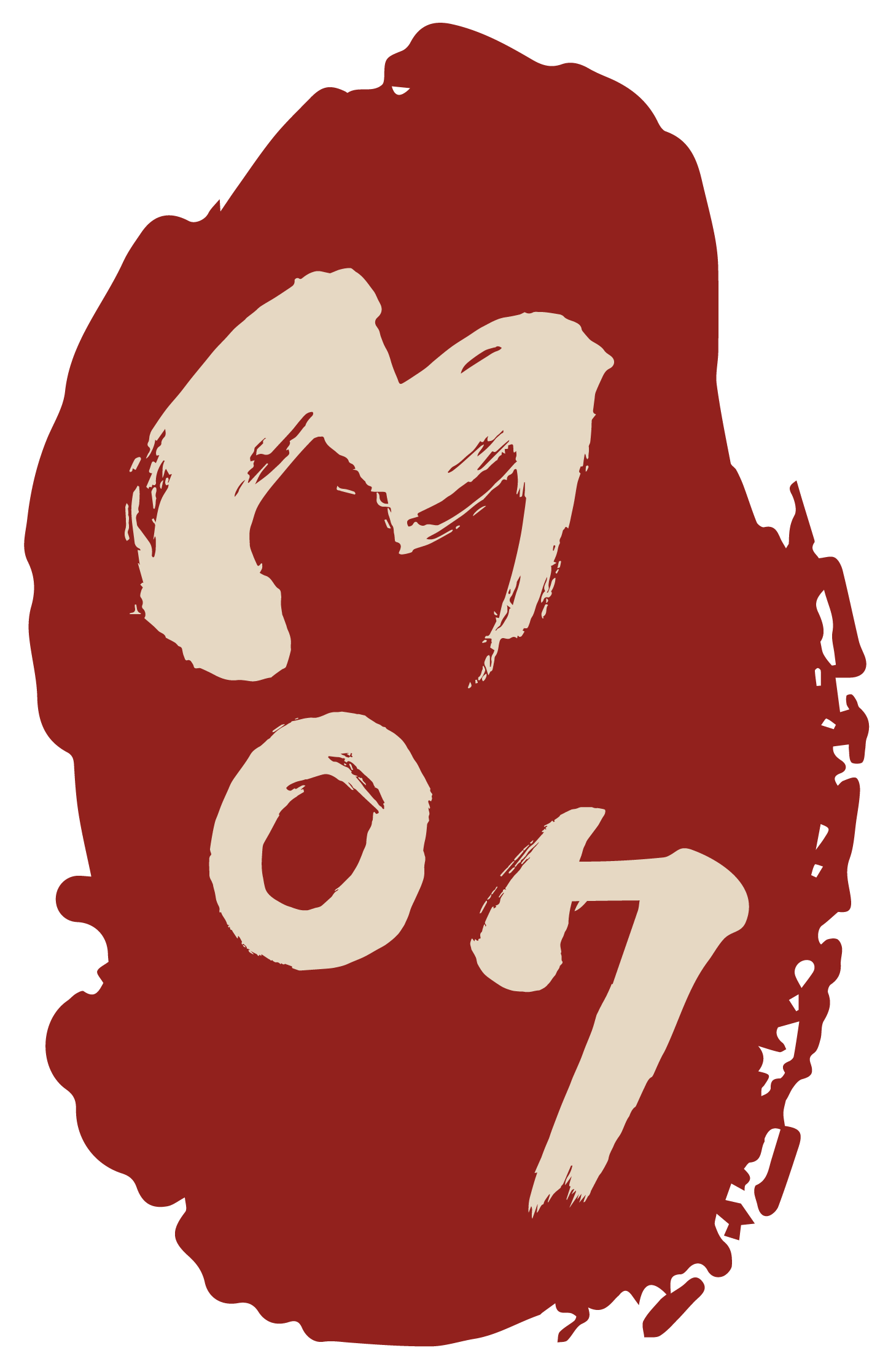Wood Carved Guanyin Head with Tiara and Topknot
Head bust
Rare example of a wood carved head of a Guanyin. Cobalt-blue and red remains of the original color and golden version. Backside almost completely split with two drilled holes.
Object ID
Tang_011
Age
Tang Dynasty (618 – 907 AD)
Material
Wood
Color
Natural with remains of blue and red color
Width
17.5 cm
Depth
17.5 cm
Height
38 cm
Height (Tiara)
10.5 cm
Condition
Diverse cracks. Fair condition.
Price
on request
Description
Since the Tang Dynasty the compassioning creature of the Guanyin became the feminine form of a Bodhisattva. The wood-carved head probably represents Guanyin. [1] The Bodhisattva was considered as a super-human being, but not enraptured like Buddha. [2] From the front we see a rounded face with carefully combed hair and an eight-pointed tiara. There is a very mild facial expression, a face at peace with itself, small mouth with curved lips, eyes closed. The ears end in elongated earlobes. The hair is combed into strands and tied into a high ponytail at the back of the head. Blue remains show that the hair was definitely colored. [3] In the side view a strong rolled knot is visible. Strands of hair and braided hair in front of and behind the ears complete the hairstyle. The neck wears two ring-shaped jewels, the back of the head is open. Two holes drilled into the wood show probably that the head was originally attached to a body. As the head inside is hollow, can be assumed that the interior was filled with sacred objects, relics. The image of the Bodhisattva provides a support for a meditative contemplation. [4] By the way, the hairstyle was very comfortable for resting on a headsupport. (HV)
________________________
[1] Richtsfeld, Bruno J. (2008): Buddhistische Kunst in China und Tibet. In: Weiter als der Horizont. Kunst der Welt. Hirmer Verlag München.
[2] Seckel, Dietrich (1980): Kunst des Buddhismus. Werden, Wanderung und Wandlung. Holle Verlag. Baden – Baden. 213
[3] Brinker, Helmut/ Goepper, Roger (1980): Kunstschätze aus China. 5000 v. Chr. Bis 900 n.Chr. Neuere Funde aus der Volksrepublik China. Kunsthaus Zürich/ Museum für Ostasiatische Kunst Berlin, Staatliche Museen Preußischer Kulturbesitz, Römer. Und Pelizaeus Museum Hildesheim, Museum für Ostasiatische Kunst der Stadt Köln. 212 – 217
[4] Seckel, Dietrich (1980): Kunst des Buddhismus. Werden, Wanderung und Wandlung. Holle Verlag. Baden – Baden. 152






